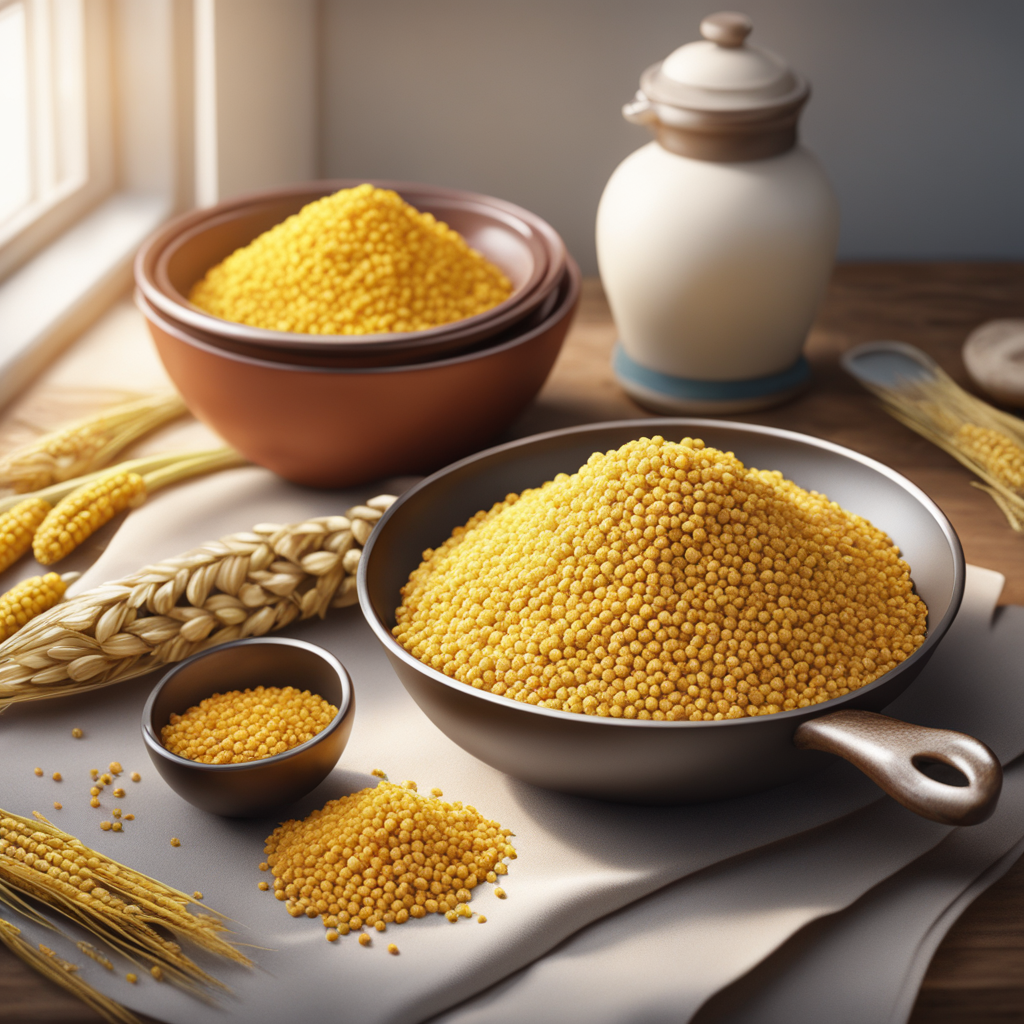Comparing Rice, Wheat, and Millets as Main Sources of Food
Introduction
Food is an integral part of our lives, and it’s essential to choose the right staples that provide the necessary nutrients for our well-being. Three of the most widely consumed staples around the world are rice, wheat, and millets. In this blog, we will compare these grains as main sources of food, examining their nutritional value, environmental impact, versatility in cooking, and their impact on health.
Nutritional Value
Rice:
Rice is a staple in many Asian countries and provides a good source of carbohydrates, primarily in the form of starch. However, it is relatively low in essential nutrients like protein and fiber, which means it may not provide a well-rounded diet without supplementary sources of nutrients.
Wheat:
Wheat, particularly in the form of whole wheat, offers a more balanced nutritional profile. It contains carbohydrates, fiber, protein, and various vitamins and minerals. Whole wheat products like whole wheat bread and pasta are good choices for a nutrient-rich diet.
Millets:
Millets are small-seeded grains that are gaining popularity due to their excellent nutritional profile. They are rich in dietary fiber, protein, vitamins, and minerals. Millets, such as pearl millet and finger millet, offer a great balance of nutrients.
Winner: Millets provide a more robust nutritional profile compared to rice and even wheat.
Environmental Impact
Rice:
Rice cultivation can be water-intensive, leading to concerns about water scarcity in some regions. It also contributes to greenhouse gas emissions, especially in flooded rice paddies. However, some sustainable practices like System of Rice Intensification (SRI) can reduce the environmental impact.
Wheat:
Wheat cultivation generally has a lower water footprint compared to rice, but it can still have environmental concerns, such as pesticide use and soil erosion. Organic and sustainable farming practices can mitigate these issues.
Millets:
Millets are considered more environmentally friendly. They require less water and can thrive in arid conditions. Their cultivation generally involves fewer chemical inputs, making them a sustainable choice.
Winner: Millets have a lower environmental impact compared to rice and wheat.
Versatility in Cooking
Rice:
Rice is incredibly versatile and can be the basis for a wide range of dishes, from sushi to risotto to rice pudding. It complements various cuisines worldwide and is a staple in many cultures.
Wheat:
Wheat is used to make a variety of products, such as bread, pasta, and pastries. It is a versatile grain, and its derivatives are found in diverse cuisines globally.
Millets:
Millets are less common in many Western cuisines but are incredibly versatile in their own right. They can be used to make porridge, flatbreads, and even fermented foods like idli and dosa in South Asia.
Winner: Rice and wheat are more widely used and versatile globally, but millets have their unique culinary applications.
Impact on Health
Rice:
While rice is a good source of energy, consuming too much refined white rice may contribute to blood sugar spikes. Choosing brown rice or whole grain varieties can improve its health profile.
Wheat:
Whole wheat is a healthier option, providing essential nutrients and dietary fiber. It can aid in maintaining stable blood sugar levels and digestive health.
Millets:
Millets offer excellent health benefits, including lower glycemic index values, making them suitable for individuals with diabetes. Their high fiber content promotes digestive health and helps with weight management.
Winner: Millets are the healthiest choice due to their low glycemic index and excellent fiber content.








